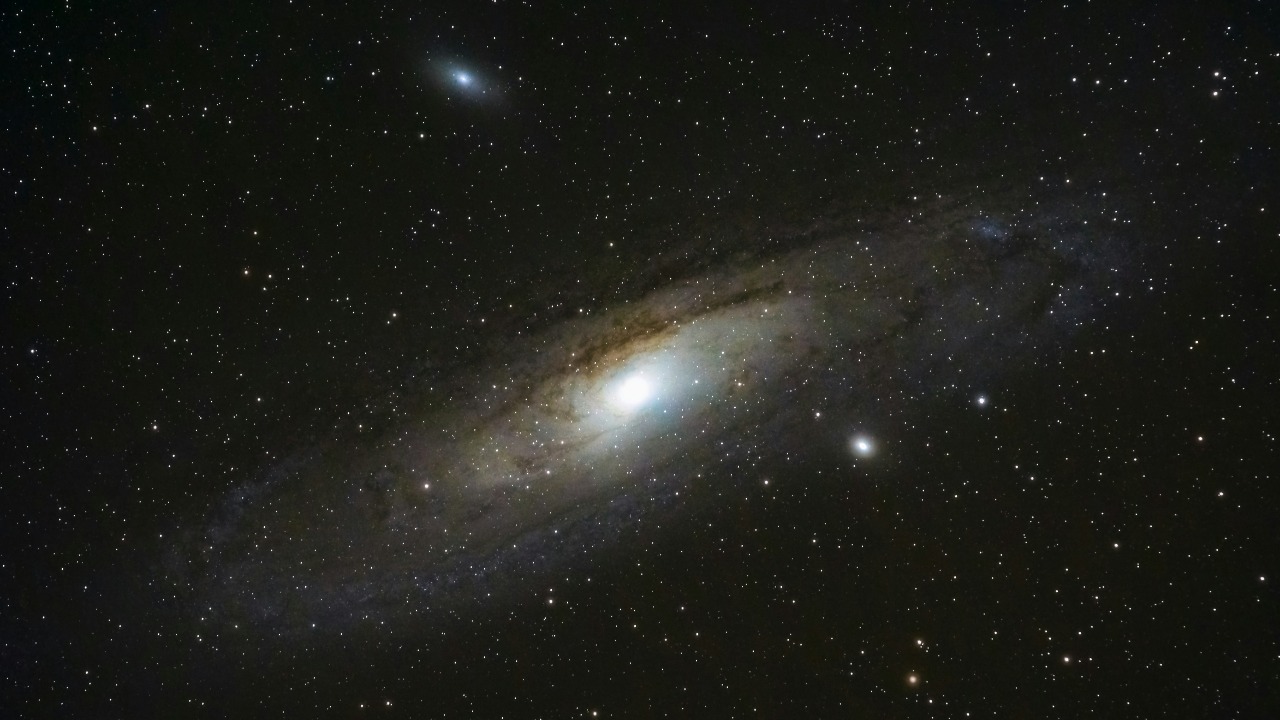
The observable universe, the portion we can see from Earth, measures approximately 93 billion light-years across. This vast expanse is limited by the speed of light and the universe’s age of about 13.8 billion years. However, this observable universe represents only a tiny fraction of the whole cosmos whose boundaries, if any, elude direct detection. Cosmological models based on general relativity indicate that the universe’s large-scale geometry is flat, a finding that supports the possibility of infinite spatial extent without edges or boundaries. While finite models exist, the lack of observed curvature or topological defects leans toward an infinite universe, challenging our intuitive grasp of “ends” in cosmic scales.
The Observable Universe’s Boundaries
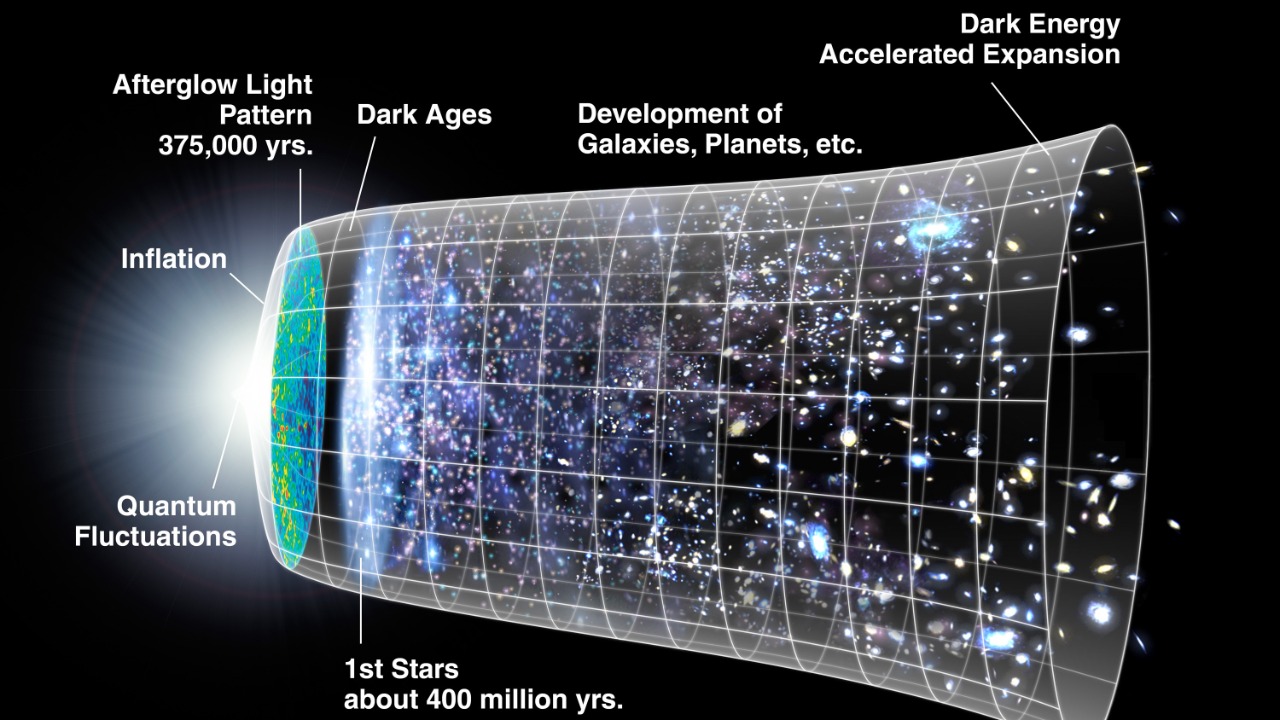
The observable universe is defined by the distance light has traveled since the Big Bang, approximately 46.5 billion light-years in each direction due to cosmic expansion. This creates a spherical “horizon” around Earth without implying an edge to the full universe. The expansion rate of the universe, measured via Hubble’s constant at about 70 km/s/Mpc, stretches this observable sphere over time, making distant regions recede faster than light and perpetually out of reach (Space.com).
Examples of cosmic landmarks, like the farthest observed galaxy, GN-z11 at 13.4 billion light-years redshift, illustrate the practical limits of observation despite the potential infinite expanse beyond (Universe Magazine).
Evidence from Cosmic Geometry
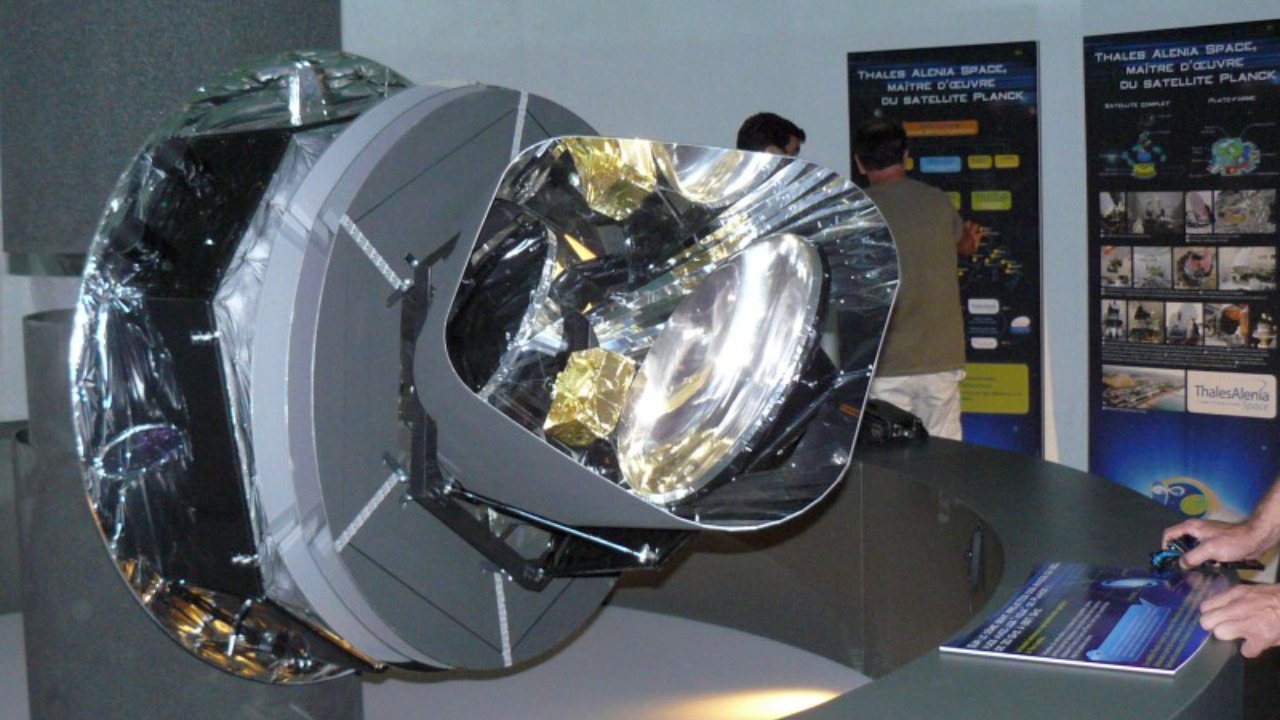
Measurements from the Planck satellite show the universe’s curvature parameter Ω_k near zero, indicating a flat geometry that, in standard models, extends infinitely without curving back on itself (Big Think). A positively curved (closed) universe would be finite like a sphere’s surface, while negative curvature (open) suggests hyperbolic infinite growth. Current data favor flatness to within 0.2% precision (Britannica).
Dark energy plays a role in maintaining this flatness. It accelerates expansion, preventing recollapse and supporting unbounded spatial volume (SciTechDaily).
The Big Bang and Initial Conditions
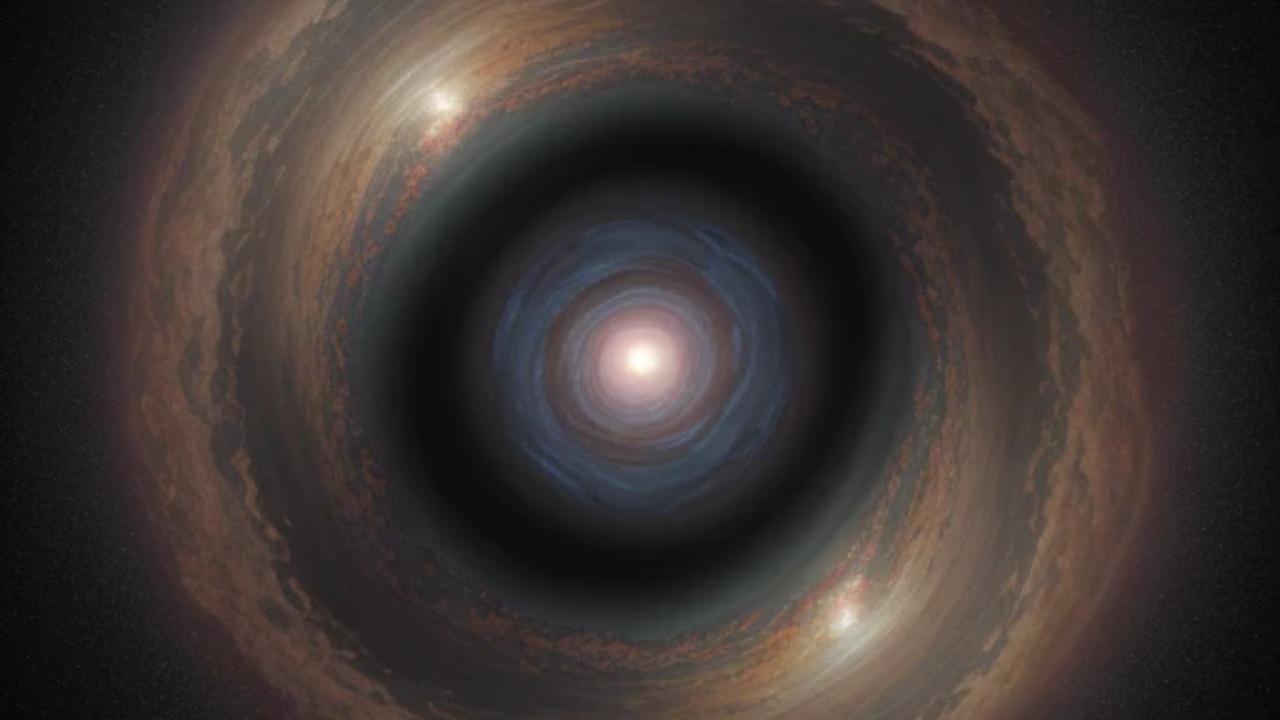
The Big Bang model posits the universe’s origin from a hot, dense state 13.8 billion years ago. Initial conditions could seed either finite or infinite scales depending on inflationary epoch dynamics (Big Think). Cosmic inflation theory, which rapidly expanded the universe by a factor of at least 10^26 in the first 10^-32 seconds, smoothed it to near-flatness and potentially created infinite volume from a finite patch (Universe Magazine).
Big Bang cosmology does not posit a “center” or “edge” as space itself expands uniformly everywhere, consistent with infinite models (Britannica).
Implications of Infinite Expansion
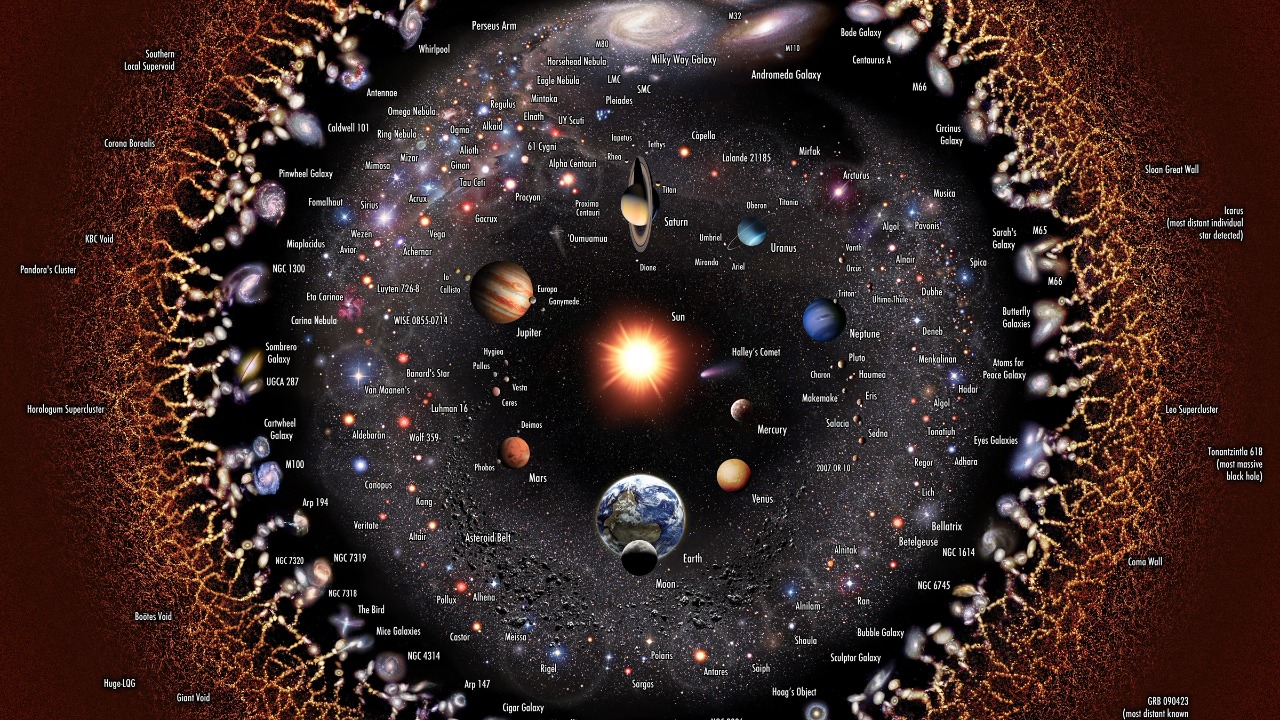
Eternal inflation in multiverse scenarios could produce infinite “bubble universes” with varying properties, our own being one finite observable region within an infinite ensemble (SciTechDaily). The fate of an infinite, accelerating universe is the heat death, where entropy maximizes over infinite time, leading to uniform coldness without boundaries (Universe Magazine).
From a philosophical angle, infinite space implies infinite copies of Earth-like worlds, derived from statistical inevitability in boundless volume (Big Think).
Challenges to Finiteness Theories

Historical finite models like Einstein’s static universe have been disproven by expansion evidence. Modern closed-universe proposals require positive curvature not observed in data (Britannica). Topological possibilities, such as a finite universe with a non-trivial shape like a torus, could loop without edges but remain undetected in microwave background patterns (Universe Magazine).
Observational limits, including no detected cosmic “echoes” from wrapping around, support infinite over finite topologies (Space.com).
Future Probes and Unresolved Questions

Upcoming missions like the James Webb Space Telescope’s deep-field surveys aim to push observable limits to redshift z=20 and test for curvature anomalies (SciTechDaily). Quantum gravity theories, such as loop quantum cosmology, might impose a minimal finite scale at Planck lengths, potentially resolving infinities (Big Think).
Open questions remain on whether infinity is physical or mathematical, with gravitational wave detectors like LISA potentially revealing global structure hints by the 2030s (Space.com).